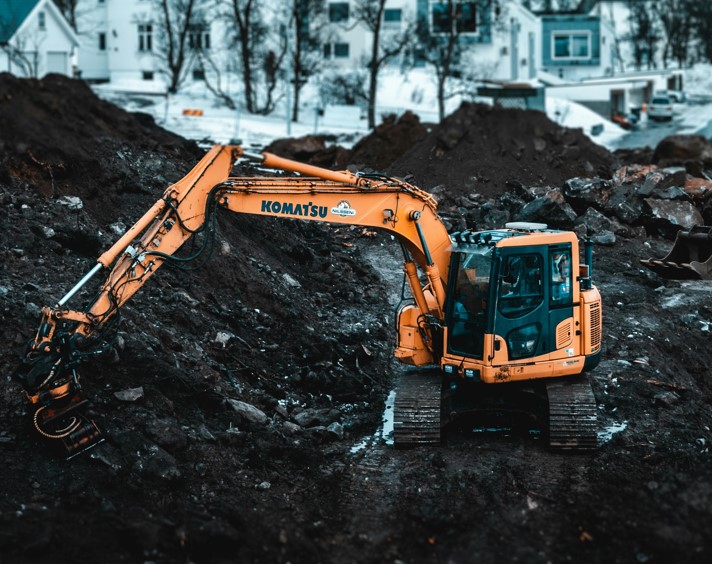Attracting younger workers into traditional industries is becoming more difficult. This is especially true for physically demanding sectors like manufacturing, mining, and construction, where work environments can be quite physically taxing. In this post, we’ll take a look at why this is happening and explore some practical ways these industries can attract the next generation of workers.
Understanding What Younger Workers Really Want
For Millennials and Gen Z, work isn’t just about earning a paycheck. They care about purpose, flexibility, and a healthy work-life balance. Unlike older generations, they’re less likely to take a job just for financial security. To attract younger talent, industries need to adapt and offer roles that align with these values.
How Industry Reputation Influences Career Choices
The way an industry is perceived can have a big impact on a young person’s career decision. Many view fields like manufacturing and mining as outdated, unsafe, or harmful to the environment. But there’s a chance to change that narrative by highlighting the modern, innovative side of these industries. Showing improvements in safety, sustainability, and technology can go a long way in reshaping perceptions and attracting diverse talent. Further, showing how mining contributes to the economy and the environment could go a long way in the eyes of a younger mind.
Changing Perceptions of Stagnation and Limited Growth
A lot of young people think traditional industries don’t offer much room for growth. To counter this, companies need to emphasize the opportunities for career advancement, upskilling, and long-term professional development. When workers see that there’s a clear path to grow and learn, they’re more likely to consider these industries as a viable career option. Consider creating a mentor-like relationship with the newer workers and some of the more aged and experienced workers. Not only will this help to pass valuable knowledge down to these new workers but it will create a stronger sense of community and commitment in their mind.
The Role of Technology and Innovation
Younger generations are tech-savvy and tend to gravitate toward industries that embrace innovation. Highlighting how industries are integrating AI, automation, and other cutting-edge technologies can help spark interest. For example, the use of drones in mining or robotics in manufacturing demonstrates that these fields are evolving, and not stuck in the past. Training younger miners to focus on more technology-based roles can further enhance efficiency as it would allow more aged workers to stay focused on the roles they have already spent so many years perfecting.

Closing the Skills Gap
One of the biggest barriers to attracting younger workers is the skills gap. Many young people may not have the technical expertise these industries require, and companies sometimes struggle to meet expectations for dynamic and exciting roles. By offering robust training programs and aligning job descriptions with what the industry actually offers, companies can bridge that gap and make these roles more accessible.
Addressing the Demand for Flexibility
For younger workers, flexibility isn’t just a perk—it’s a must. If traditional industries don’t offer options like flexible hours, or work-life balance, they risk losing out on top talent. Implementing these kinds of policies can help make these industries more appealing to today’s workforce.This may require mine operators to get creative as mining is not a job that can be done remotely, for example. This does not mean there are no ways to help younger workers feel a sense of flexibility or purpose in their role.
Creating Inclusive and Diverse Workplaces
Diversity and inclusion are huge priorities for younger generations. Companies need to show they’re committed to creating workplaces that are welcoming and equitable. Diversity training, mentorship programs, and inclusive hiring practices are just a few ways to build a culture that resonates with younger workers.
The Power of Mentorship and Career Development
Mentorship is important to younger workers who value learning from those with more experience. Setting up mentorship programs where experienced employees guide newer hires can help create a supportive environment. Offering clear career paths and regular feedback also ensures that young employees feel valued and have room to grow.
Building an Employer Brand That Appeals to Young Workers
To attract younger workers, companies need to build an employer brand that speaks to them. This means showcasing innovation, sustainability, and a commitment to employee well-being. Sharing success stories, highlighting workplace culture, and promoting employee benefits through authentic storytelling can help create a strong, attractive brand.
Leveraging Social Media to Reach Younger Talent
Social media is one of the best ways to connect with younger generations. Platforms like LinkedIn, Instagram, and even TikTok are great for sharing job openings, behind-the-scenes looks at company life, and employee success stories. Engaging with potential candidates on these platforms helps build trust and a sense of connection.
Many young workers are sitting in college classes and not feeling drawn to a job that will place them in an office for the next 50 years. They may not even know about the types of roles that exist on a mine site. Doing a creative social media campaign could help younger workers become exposed to additional career opportunities that interest them. They just need to be introduced to it.
Moving Forward: Attracting and Retaining Young Talent
Bringing younger workers into traditional industries takes more than just a shift in messaging—it requires a full-on transformation. By embracing technology, promoting diversity, offering opportunities for mentorship, and making use of social media, companies can create an environment that appeals to the next generation of professionals. A forward-thinking strategy will ensure these industries continue to thrive and evolve for years to come.

